For years, women were told exactly how their hair should look—long, straight, polished, and never a strand out of place. These so-called beauty rules were everywhere, and many of us followed them without even thinking. But little by little, women started letting go of the pressure to fit one narrow image. The result? More freedom, more confidence, and a lot more personality showing through. Hair is no longer about meeting a standard—it’s about expressing who you are. And honestly, that’s a trend worth celebrating.
Long Hair is Necessary
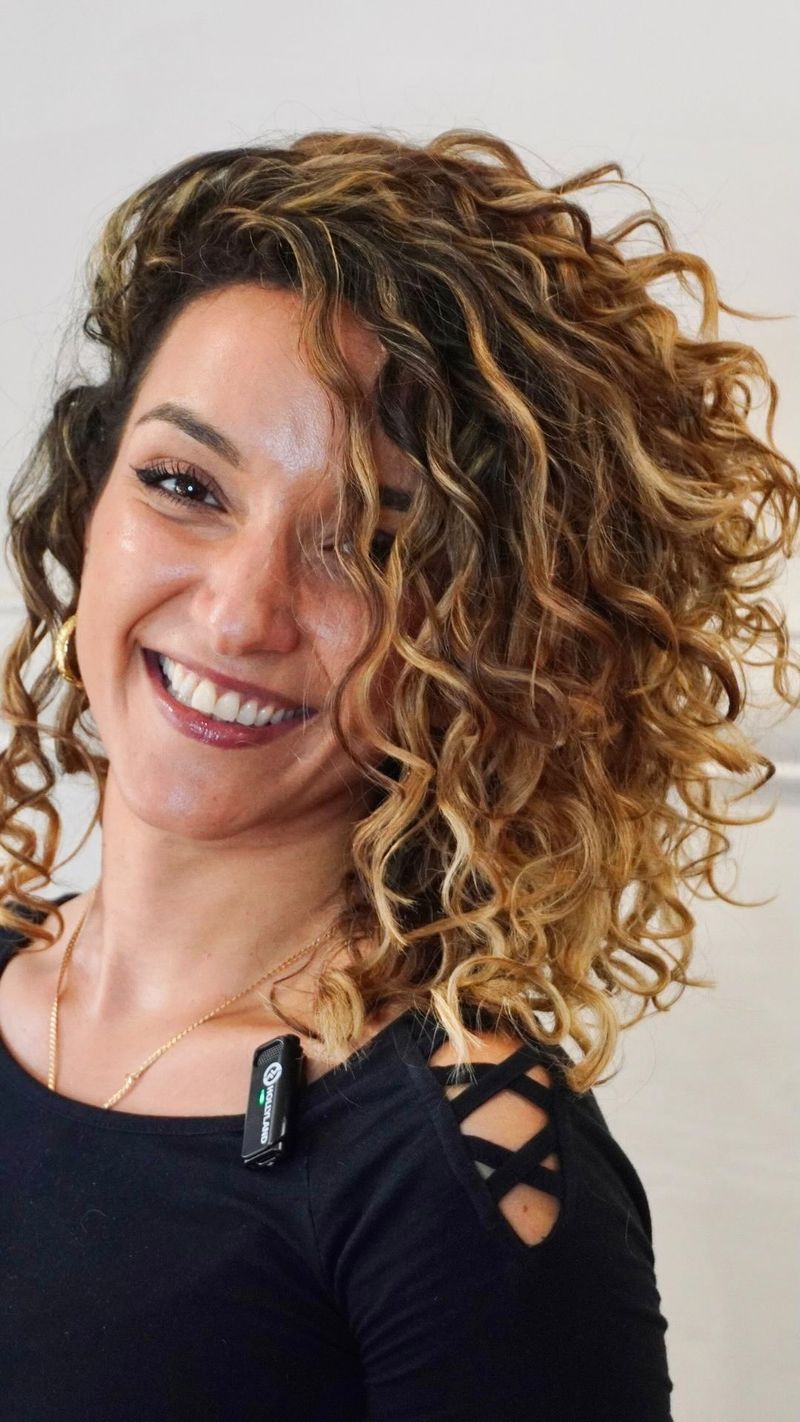
For centuries, long flowing hair was synonymous with femininity. Women were often encouraged to maintain lengthy locks as a symbol of beauty and grace. This expectation, rooted in tradition, pressured many to pursue hair growth relentlessly.
However, the modern era celebrates all hair lengths. Women proudly flaunt everything from pixie cuts to shoulder-length bobs, embracing styles that resonate with their personalities and lifestyles. Short hair, once seen as rebellious, is now a fashionable statement.
The freedom to choose any length signifies autonomy and a departure from conventional norms, embracing authenticity.
Straight Hair is Superior

In the past, straight hair was idolized as the pinnacle of elegance. Many spent hours straightening curls or waves, seeking that elusive sleek appearance. This bias often marginalized those with diverse textures, pushing conformity over individuality.
Today’s beauty standards have shifted dramatically. Curls, waves, and coils are celebrated for their uniqueness and charm. Hair care brands now cater to a vast array of textures, promoting health and natural beauty.
The embrace of natural hair types marks a rebellion against uniformity, highlighting the beauty in diversity and self-acceptance.
Gray Hair Equals Aging
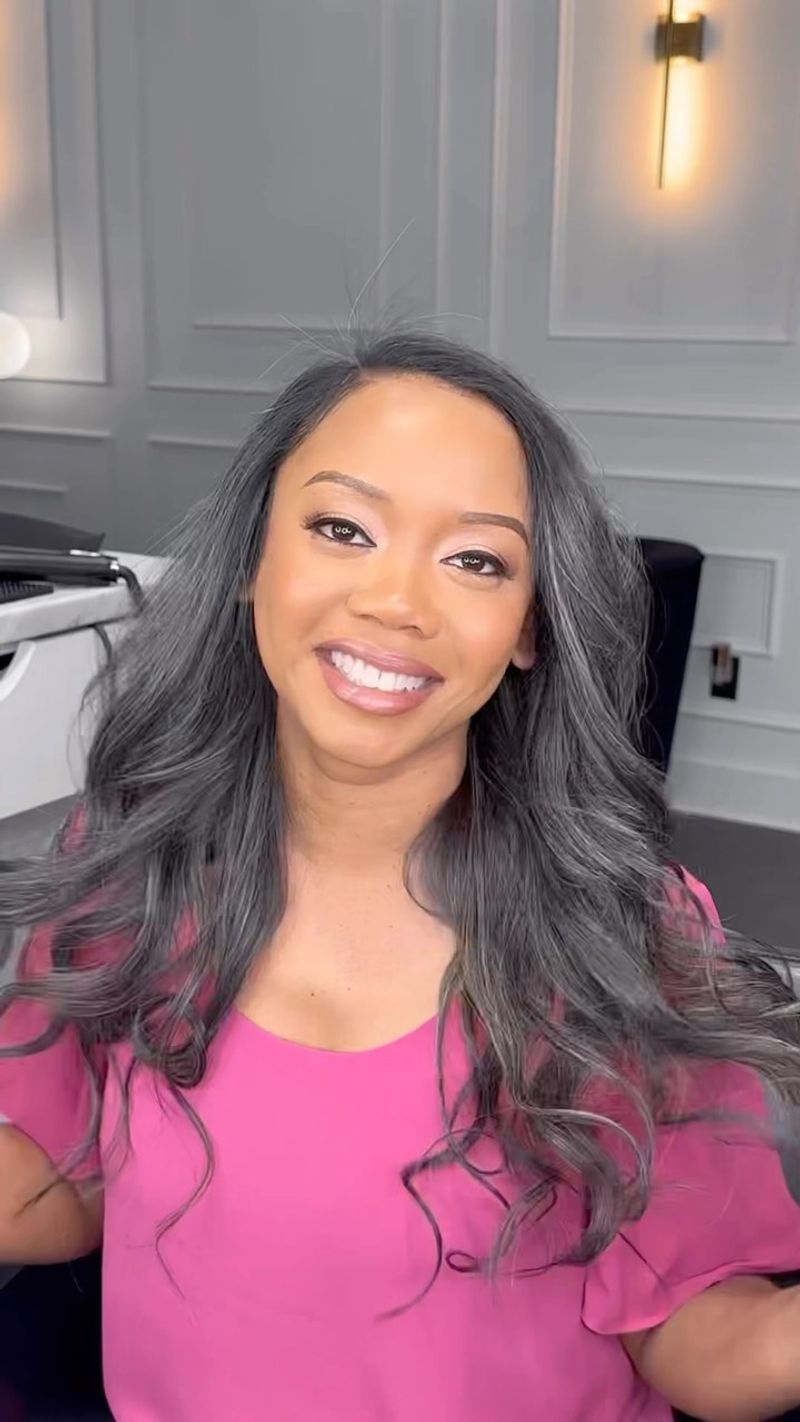
Gray hair, once seen as a sign of aging and something to be concealed, is now embraced as a beautiful expression of life’s journey. Many women feel liberated, choosing to let their natural silver strands shine.
This shift in perception celebrates wisdom and experience. Silver hair can be as chic and stylish as any dyed color, often adding a distinguished allure.
Accepting gray hair is a testament to self-acceptance and defiance against the ageism that once dominated beauty standards. It’s a powerful statement of confidence and authenticity.
Frizz Must Be Tamed

Frizz has long been viewed as an enemy to smooth, sleek hairstyles. Women spent countless hours using products and tools to fight what was deemed unruly hair. Society demanded perfection and control, often stifling natural beauty.
Today, frizz is embraced for the texture and volume it offers. It’s a symbol of vibrant, lively hair that dances with freedom. Products now enhance rather than suppress frizz, allowing individuality to shine.
This acceptance marks a cultural shift towards celebrating natural hair movement and the joyous unpredictability of textured hair.
Blonde is the Ideal

Blonde hair was once hailed as the ideal beauty standard, often associated with glamour and desirability. This preference sidelined other stunning shades, creating an unnecessary hierarchy of hair colors.
Today, the spectrum of beauty includes every hue from deep auburns to jet blacks and vibrant reds. Hair color is now a canvas for personal expression rather than a marker of status.
The embrace of all shades symbolizes a rejection of narrow beauty ideals and an appreciation for the full spectrum of hair colors that reflect individuality and creativity.
Perfectly Styled Hair
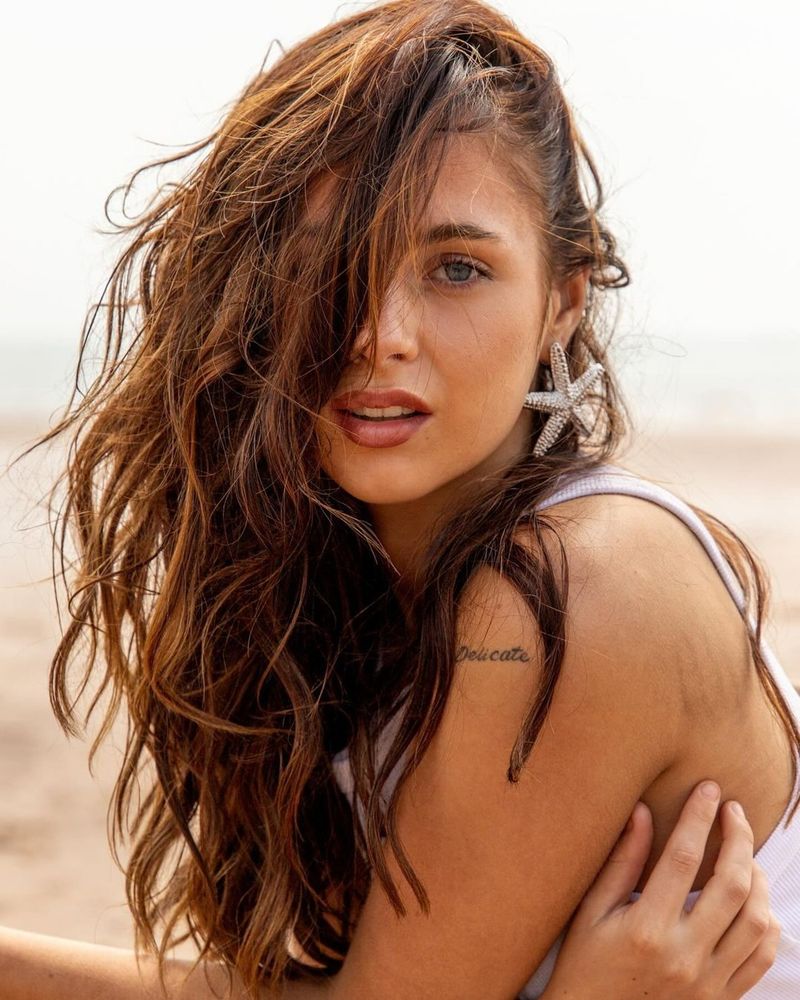
The quest for perfectly styled hair was once an endless pursuit, with every strand needing to be in place. Immaculate hairstyles were seen as the epitome of sophistication and control.
In contrast, the modern beauty narrative loves the effortlessly tousled, natural look. Imperfections are celebrated as part of the charm, telling stories of adventure and spontaneity.
This shift towards embracing natural, lived-in styles reflects a cultural movement towards authenticity, where true beauty is found in the unpolished and genuine moments of life.
Daily Hair Washing
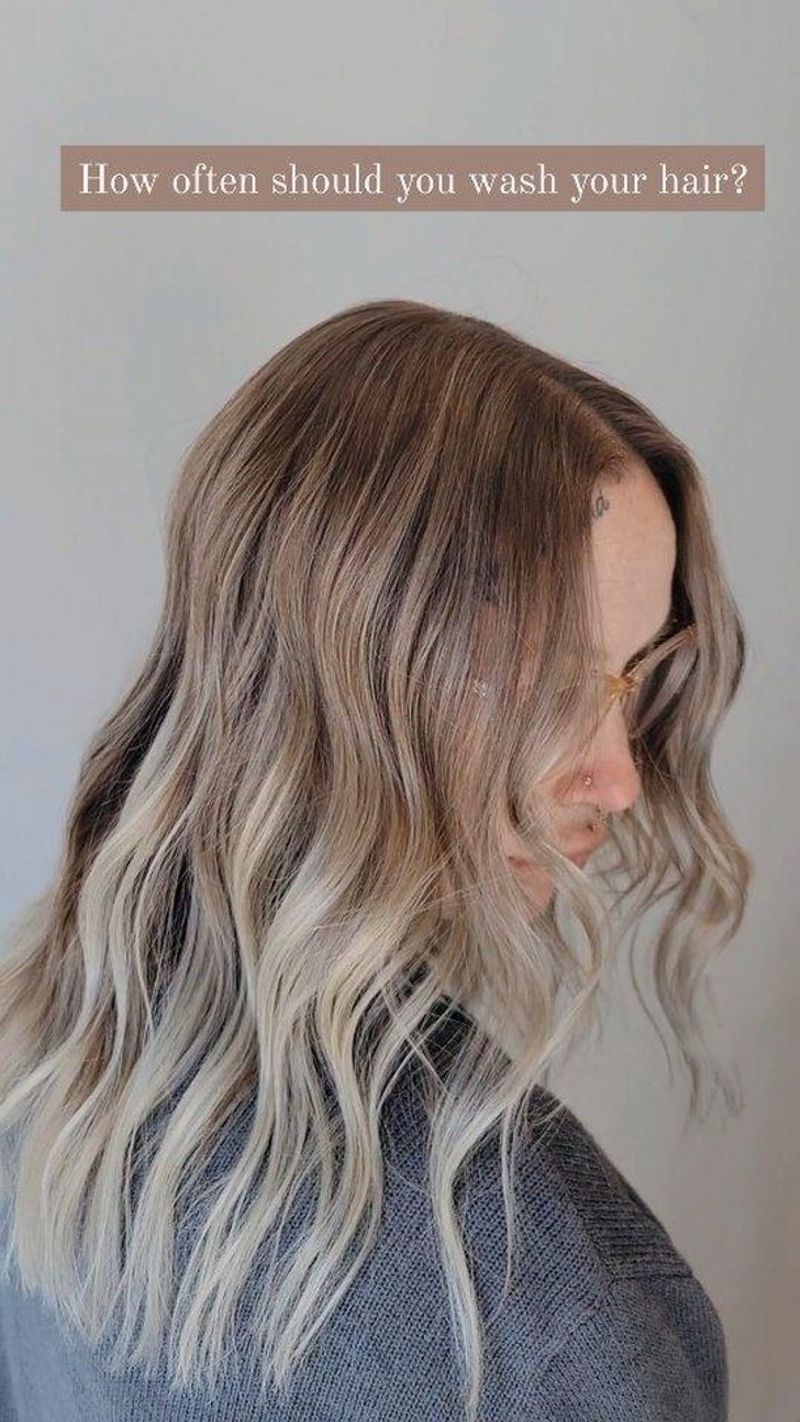
For years, daily hair washing was considered the norm, thought necessary to maintain cleanliness and health. This routine often stripped hair of its natural oils, leading to dryness and damage.
Today, many have embraced less frequent washing, allowing hair to flourish through its natural cycles. This approach champions healthier hair, with natural oils providing moisture and shine.
The move away from daily washing promotes an understanding of individual needs and the beauty of natural hair care routines that respect and enhance the hair’s inherent qualities.
Bangs and Layers are Childish

Bangs and layers were often dismissed as juvenile, styles seen as appropriate only for the young. This stereotype limited self-expression, confining women to more ‘mature’ looks.
Nowadays, these styles are celebrated as chic and versatile, offering a playful yet sophisticated look for women of all ages. Bangs can frame the face beautifully, while layers add movement and dimension.
This newfound appreciation reflects a break from age-related style restrictions, allowing women to experiment and find joy in their hair choices regardless of age.
Dark Roots are Unattractive
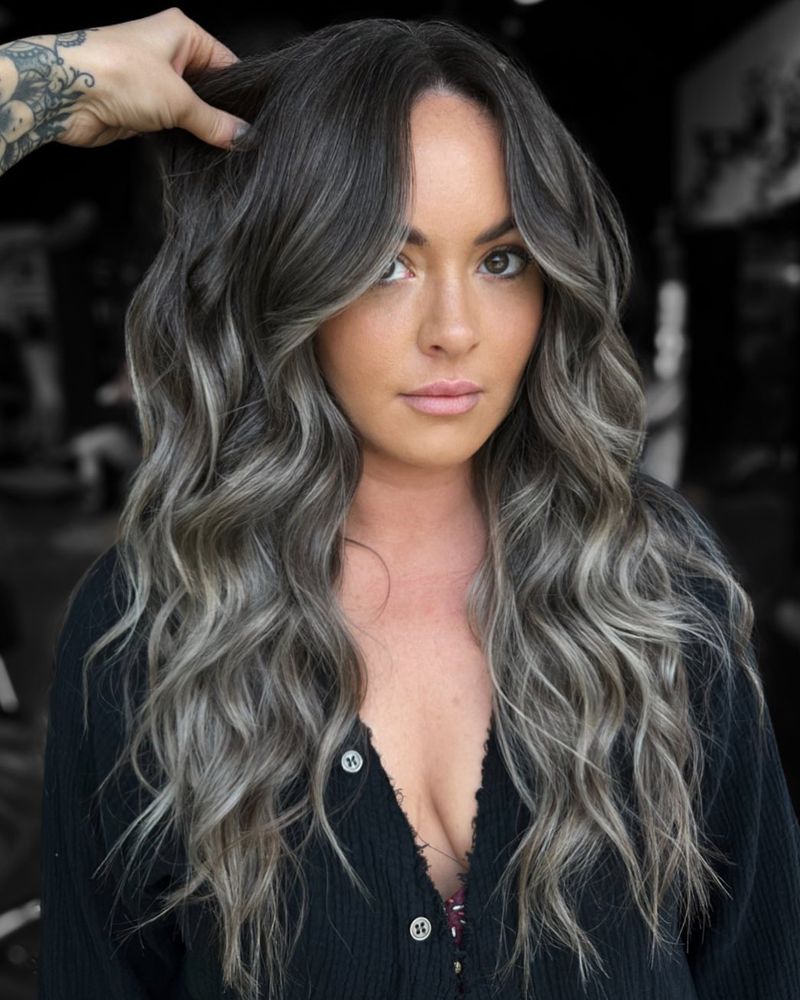
Once considered a beauty faux pas, dark roots were seen as unkempt and a sign of neglect. This belief pressured many to frequent salons, ensuring hair colors were always uniform.
The current beauty ethos celebrates the contrast, appreciating the natural progression of hair growth. Dark roots are embraced as a unique style statement, reflecting authenticity and confidence.
This acceptance marks a transformative shift in beauty standards, valuing individuality and the natural ebb and flow of personal style over rigid upkeep.
Extensions are Embarrassing

Extensions were once whispered about, hidden as a secret accessory for adding volume and length. This stigma often made women feel embarrassed about their hair choices.
In contemporary beauty culture, extensions are openly celebrated as a versatile tool for transformation. They empower women to experiment with different lengths and styles effortlessly.
The transparency around extensions signifies a broader acceptance and understanding of beauty aids. It highlights the empowerment found in choice and the joy of altering one’s appearance without shame.
Hair Must Be Tied Back

The practice of always tying back hair, especially in formal or professional settings, was once a strict norm. Loose hair was perceived as unkempt or informal.
Today’s attitude revels in the freedom of loose, flowing hair, celebrating its natural movement and grace. This change reflects a liberation from the confines of rigid expectations.
Wearing hair down is now a powerful expression of personal style and confidence, allowing women to embrace their natural beauty without constraint or judgement.
Natural Hair Color Only
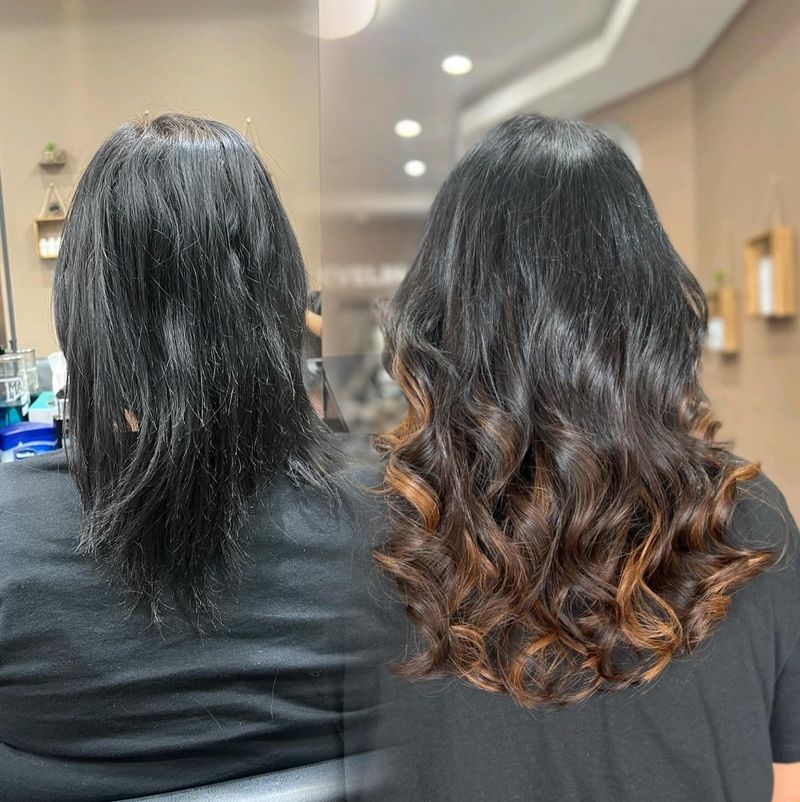
Natural hair colors were once the only acceptable hues, with society frowning upon bright, unconventional shades. Such choices were deemed rebellious and unprofessional.
The modern narrative embraces bold hair colors as a form of artistic expression. From pastel pinks to vivid blues, these choices are celebrated in all walks of life.
This acceptance of vibrant colors signifies a departure from traditional norms, encouraging creativity and individuality. It underscores the idea that hair is a canvas for personal expression beyond societal limitations.
Only Young Women Have Fun Hair

Hair trends were often relegated to the young, with mature women expected to adhere to conservative styles. This ageist perspective limited expression and joy.
Now, women of all ages are breaking this barrier, donning fun, vibrant hair that defies age stereotypes. Whether it’s a bright hue or a daring cut, age is no longer a factor in hair choices.
This empowerment allows women to express their personalities and zest for life, showing that creativity and boldness are timeless qualities, not limited by age.
